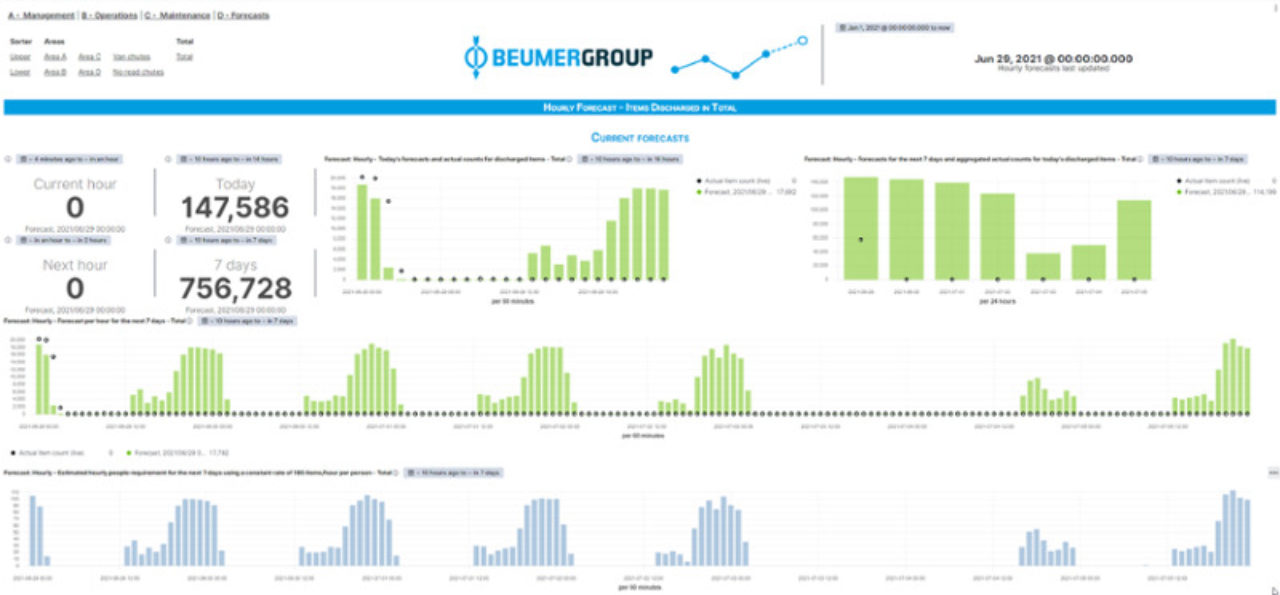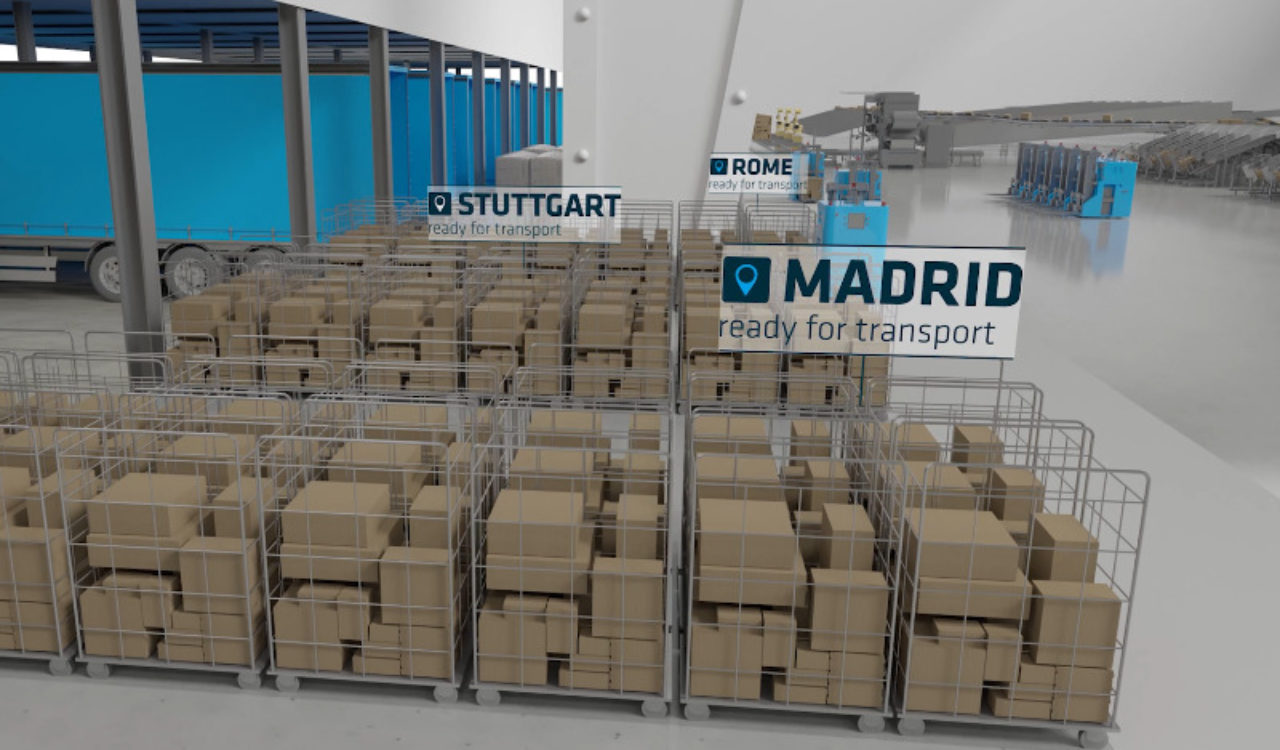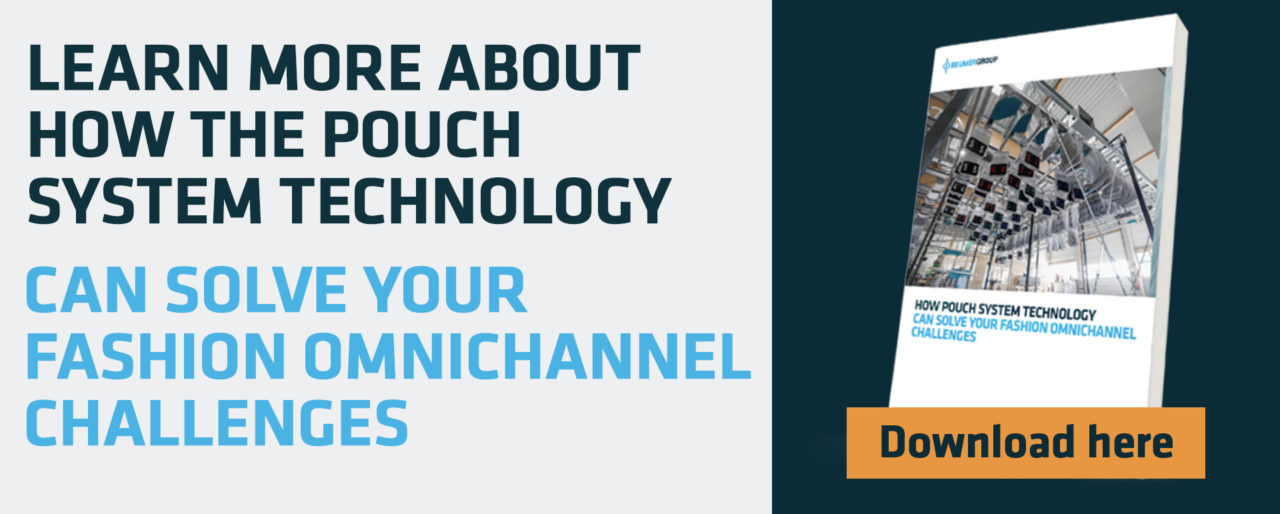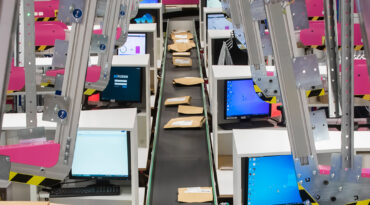2. Have a shared vision about the way forward
Shippers and 3PLs working with fashion brands or retailers should unite in a forward-looking approach. Third-party logistics providers must bring market vision with ideas and new services based on what shippers are saying they need.
3PLs often have a presence in markets where shippers are sourcing and exporting. This local connection allows 3PLs to offer on-the-ground insight into concerns such as major weather events, sourcing issues and other challenges. Those 3PLs that bring unique insights relevant to shippers offer significantly more value.
Innovation and investment will be mutually beneficial
Both shippers and those 3PLs that work in fashion logistics must be willing to innovate. This will require investment, but if both parties work together to define which solutions can deliver the most value, there’s a path for their mutual investments to realise value faster and each will share in the benefits. And the current tendency towards long term relationships means that any investment will pay dividends for years to come.
An investment in open platform software, such as a WCS, with an open-ended software architecture that’s able to communicate with other interfaces, for example, will pay dividends long into the future. As it uses the Internet Protocol, it’s built using a language every software system understands and every web browser communicates with.
The more open the software foundation, the easier it is to integrate and attach different systems to a WCS. Open integration allows for the future integration of new software, including software from third-party suppliers – which is critical to avoid becoming dependent on the vendor.
3. Offer the highest level of informed and consistent service
Shippers want and need top level service from their logistics partners. Beyond basic logistics, they want a trusted provider that delivers new services such as advisory and supply chain consulting services, analytics capabilities, e-commerce channel management capabilities and even algorithms that match demand and supply.
Shippers want a logistics partner that knows their business and will work with them to overcome challenges. They need 3PLs working in fashion and other logistics areas to build service consistency, flexibility and responsiveness and to guarantee efficient delivery of shipments containing the exact contents that were ordered.
Shippers are eager to partner with 3PLs that have data and analytics capabilities to provide visibility and insights to help them make better supply chain decisions. Open software for a fashion distribution centre’s WCS ensures that the most relevant and latest version of the software can be installed without the disadvantage of having to upgrade the entire WCS software – only certain services will be involved in the upgrade.






